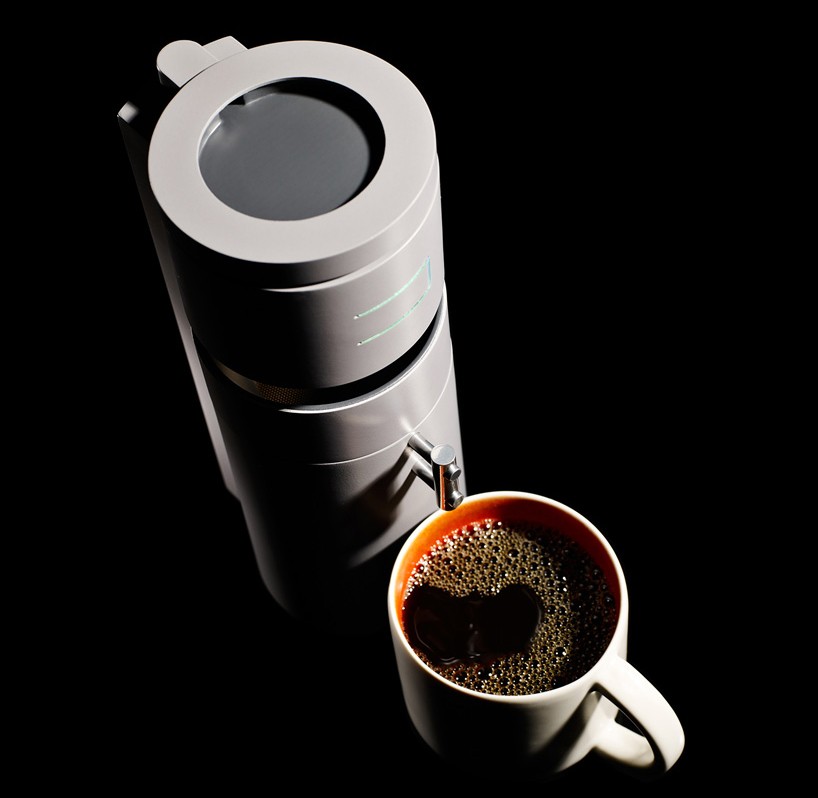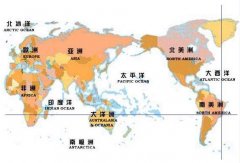Decaf Coffee Italian Coffee Powder with Coffee beans and Chocolate Flavor
The term "fine coffee" was first put forward by Ms. Knudsen of the United States in Coffee and Tea magazine. At that time, Ms. Knudsen, as a coffee buyer of B.C. Ireland in San Francisco, was very dissatisfied with the neglect of the quality of raw coffee in the industry, and even some big roasters mixed a large amount of Robesda beans in the comprehensive beans, so she put forward the concept of fine coffee to advocate the improvement of the quality of the industry. This term is used to describe coffee beans with distinctive flavor characteristics that grow in a special environment. Its use in international coffee conferences makes it spread rapidly.
Early decaf refers to a method in which raw beans expand in high-temperature steam, absorb solvents that destroy caffeine, and then release solvents and their residues in high-temperature steam. The factory then encapsulates it with dichloromethane, which prevents it from being affected by other flavors. But dichloromethane was banned in Europe in 1995 because it escapes into the air and destroys the ozone layer.
There is a method that requires only water and activated carbon processors, called Swiss water treatment. This method is patented by CoffexSA, and the process is complex and expensive. This includes soaking beans in water to remove caffeine and aromatic substances. Caffeine is removed by activated carbon in water and the beans are roasted dry. But the aroma is still in the water, so the water should be evaporated and concentrated, and then sprayed back on the dried coffee beans.
The taste of coffee has been changing all over the world in recent years. As we can see, the fastest and biggest change is in the United States. Many coffee lovers hope that European countries, like the United States, can guide more manor coffee and native coffee. The traditional European coffee sale is a mixture of varieties or just a simple "Guatemala". Compared with coffee from a variety of producing areas, the advantage of variety mixing is that it can be consistent during long-distance transportation, reduce damage, and make it easier to make. However, these coffees do not meet the criteria of a real YaucoSelecto or Kona. Now, for them and those refined coffee, the outlook will be more promising than ever.

Important Notice :
前街咖啡 FrontStreet Coffee has moved to new addredd:
FrontStreet Coffee Address: 315,Donghua East Road,GuangZhou
Tel:020 38364473
- Prev

Coffee professional terms introduce organic coffee, follicular coffee, Italian coffee and Italian coffee.
Arabica coffee: one of the three original varieties of coffee, the other two are Robusta and Liberika. Among the three original species, Arabica has the best quality, but it is also the easiest to wilt when cultivated.
- Next

Coffee blending and coffee roasting Italian coffee blending cappuccino coffee Italian blending
Coffee starts with origin and taste, and, of course, can't do without variety, because at first people only consume coffee grown in nearby areas. However, with the development of trade, the types of coffee are gradually mixed. Today, although good coffee from a single variety or origin can be directly cited, coffee is essentially a mixed drink, like champagne or some wine.
Related
- Beginners will see the "Coffee pull flower" guide!
- What is the difference between ice blog purified milk and ordinary milk coffee?
- Why is the Philippines the largest producer of crops in Liberia?
- For coffee extraction, should the fine powder be retained?
- How does extracted espresso fill pressed powder? How much strength does it take to press the powder?
- How to make jasmine cold extract coffee? Is the jasmine + latte good?
- Will this little toy really make the coffee taste better? How does Lily Drip affect coffee extraction?
- Will the action of slapping the filter cup also affect coffee extraction?
- What's the difference between powder-to-water ratio and powder-to-liquid ratio?
- What is the Ethiopian local species? What does it have to do with Heirloom native species?

